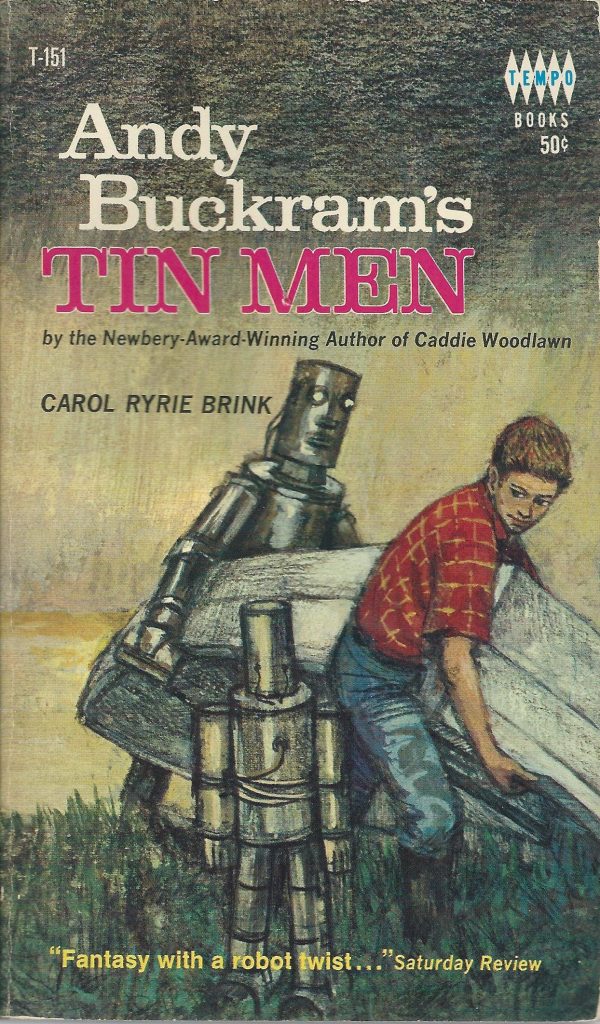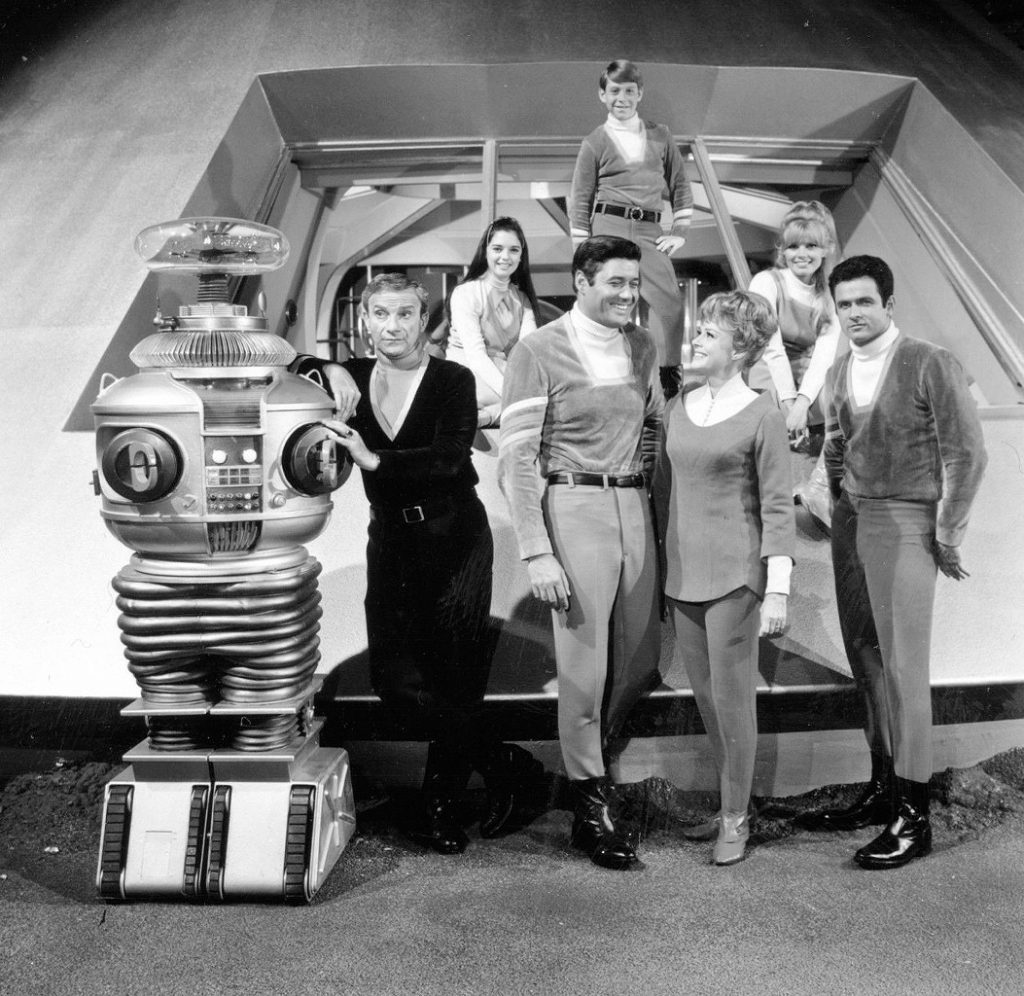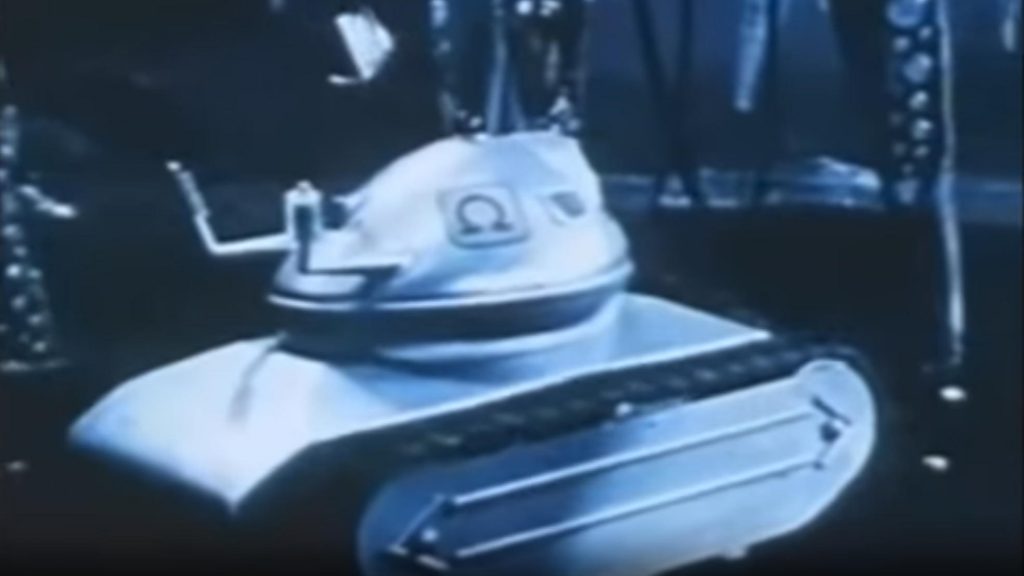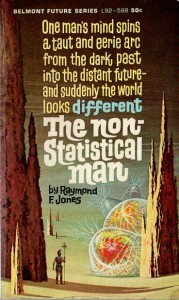
Detail of the cover art from the 2014 Chinese edition of The Dispossessed
This book was not what I expected but with science fiction that’s often a feature, not a bug.
“The Dispossessed“, by Ursula K. Le Guin, was presented to me as a depiction of a “libertarian utopia”. When I think of science fiction stories depicting libertarian utopias, I think of H. Beam Piper’s “Lone Star Planet” or Eric Frank Russell’s “…And Then There Were None“, the former a utopia of gun-loving Texan style libertarians and the latter a utopia of Gandhi-following, peace-loving thinkers who excel at passive resistance (Russell’s story also gave us the word “Myob!”). Both were fun reads and I highly recommend them. This book was nothing like either, it’s far more serious and a lot less fun.
This book tells the life story a physicist in a star system with two civilizations; one on the Planet Urras, a beautiful Earth-like planet with many countries of varying political types; the other civilization is on Anarres, the barren moon of Urras where a group of people sometimes described as libertarians, sometimes as anarchists founded a utopia based on their political views. Our hero, Shevek the physicist, lives on Anarres. The story follows him through a major turning point in his life as he decides to visit Urras to find better collaborators with which to finish his theoretical work. The author has folded the story in half such that chapter one begins with Shevek leaving Anarres for Urras and each odd numbered chapter continues his story on Urras, while the even numbered chapters fill in the back story leading up to his decision to make the visit.
My expectations led to some initial confusion as the text doesn’t depict anything remotely resembling a libertarian utopia on Anarres. It’s more like an authoritarian communist third-world country. Everyone is starving most of the time due to shortages and famines, they live in crummy assigned government dormitories, work in rotating shifts at whatever government assigned work they can get, no one is allowed to have private possessions, parents can’t even name their own children, trying to do your own thing will get you persecuted, run out of town, or even killed. Yet, the characters continue to talk about the place as if they think it’s a libertarian utopia with no government. As it turns out this is all intentional and it just takes the characters a bit longer than the reader to realize their utopia has gone horribly wrong without anyone really noticing.
To further add to the confusion, Shevek is visiting Urras in the apparent role of the reader’s surrogate, a standard role that occurs in all utopian books. But this would make Urras the utopia rather than Anarres. And, indeed, everyone does seem better off on Urras. But as our physicist explores the world, which is much like modern day Earth, he also experiences the inequality of it; the luxury and leisure of the rich as well as the unpleasant lives of those who have to do all the work and who are plotting a revolt. Ironically, the revolutionary workers are actually much better off in most ways than the citizens of Anarres they seek to emulate. Shevek gets caught up in the revolution and the big question is whether he’ll survive long enough to return home to Anarres. His experiences on Urras provide most of the political commentary of the book as Shevek re-evaluates his understanding of both worlds.
The book is part of the author’s “Hainish Cycle” series of books but you don’t need to read any of the others for this one to make sense. The Hains and Terrans only show up briefly and the only real connection of this book with the others is that Shevek the physicist is the character who creates the theory behind the FTL communications device known as the ansible (and potentially the theory behind some type of FTL drive for starships that may be used in later books).
The book is slow going, especially the first half and you’ll probably want to abandon it but if you stick with it, things eventually pick up and even start making sense. For me this happened when some of the characters on Anarres finally begin to wake up and notice they’re living under a suppressive regime rather than in a utopia. Once the characters started behaving believably everything else started falling into place for me. Overall it seems a bit over rated but I did find it enjoyable and worth a read.




